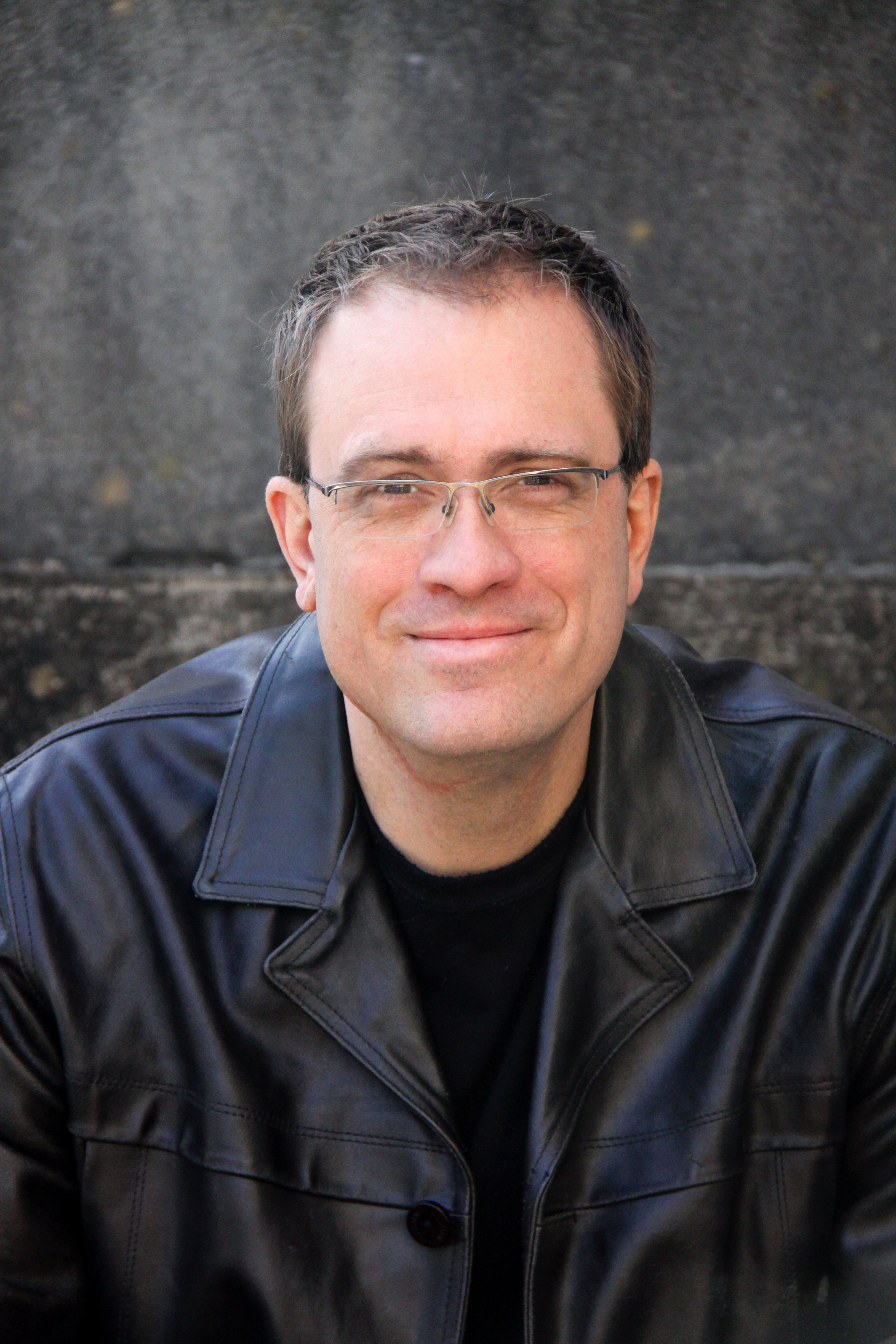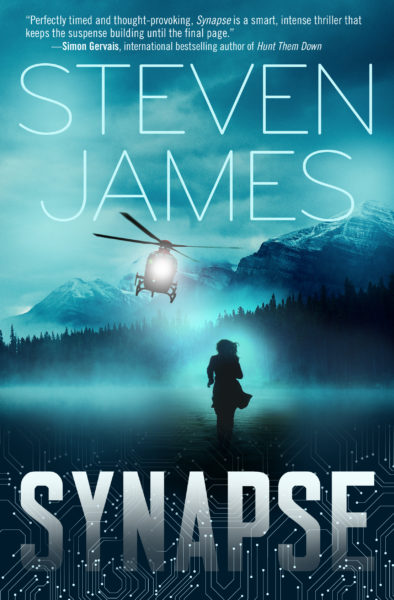Listen On your favorite app!
Now on Google Play, Stitcher, Spotify, and
The Write Coach YouTube Channel!!
Top Tips From The Write Coach



“Print out what you're working on and don't edit
only from a computer screen.
~ Steven James ~
What is causality? Can it improve your story?
Steven James shares an overlooked fiction technique needed in your nonfiction stories!
Causality is the chain holding a story together.
Everything that happens in a story
Causality Example:
Greg sat bored in the writers' workshop. He began to doodle. He’d heard all this stuff before. Suddenly he gulped and stared around the room, embarrassed, when the teacher called on him to explain cause-and-effect usage.
As it all stands, at least seven events occur in the paragraph above, and none are in their proper and logical placement in the text. Here they are in the order in which
- Greg sits in the workshop.
- He realizes he’s heard all this before.
- Boredom
- Doodling
- Getting called on
- Embarrassment
- Gulping and staring around the room.
Each event causes the one to follow it. (Incidentally, since readers will
Greg sat in the writers' workshop. He’d heard all this stuff before and began to doodle. When the teacher called on him to explain cause-and-effect usage, he gulped and stared around the room.
The
Remember, you don’t want to tell readers something and then explain why it happened. Rather, you’ll want to render the scene so the forward movement of the story
Excerpt from Story Trumps Structure. Used with permission by Steven James.
How To Give Your Story Order & Power! Interview with Steven James #605 -> Listen to The Write Hour with Joyce Glass, Tips From #TheWriteCoach #TheWriteHour
Check out Steven James' newest release!
Click on image to learn more about Synapse!
"A complex and riveting thriller that invites you to ponder
the deepest questions of existence while
leaving you on the edge of your seat.
—JAMES L . RUBART, FIVE-TIME CHRISTY AWARD WINNER
Meet Steven
Steven James is the

Episode Highlights:
01:36 Intro
02:05 Tell us about you and your journey to becoming a writer.
05:42 Tell us briefly about your most current novel releasing in October - Synapse.
07:32 Explain what causality is in fiction, and how it applies in nonfiction.
08:14 Causality Examples
17:55 How do you break the rules in writing? (
23:48 Tell us about your writing time… Do you have a consistent time you wrote? Do you write daily? What worked for you and what are some things that do not work for you?
26:52 What words of advice and encouragement do you have for new writers or someone who struggles to write their book?
Links Mentioned In This Episode:
www.TheStoryBlender.com - Steven’s Podcast
Follow Steven James On Twitter and Facebook at @readstevenjames





